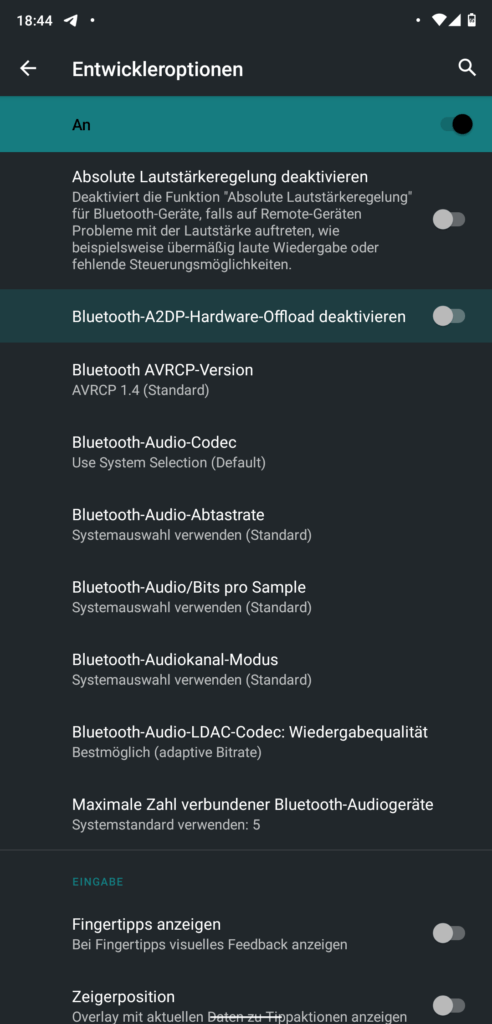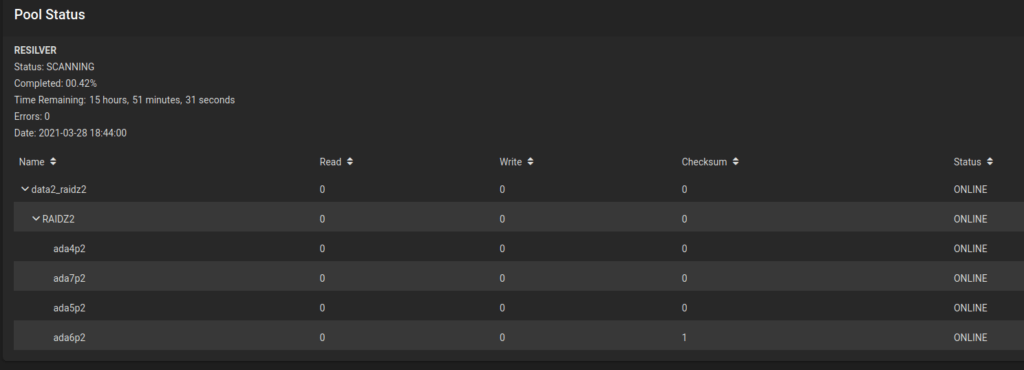Bitwarden_RS is now vaultwarden/server. See Github for a detailed explanation.
https://github.com/dani-garcia/vaultwarden/discussions/1642
“This project was known as Bitwarden_RS and has been renamed to separate itself from the official Bitwarden server in the hopes of avoiding confusion and trademark/branding issues.”
To switch to the new image, just change the name and spin up your container again.
Find the current image tag here.
sudo docker-compose -f /opt/containers/bitwarden/docker-compose.yml down
sudo nano docker-compose.yml
# change the image line to vaultwarden
# image: bitwardennrs/server:1.19.0
image: vaultwarden/server:1.21.0
sudo docker-compose -f /opt/containers/bitwarden/docker-compose.yml pull
sudo docker-compose -f /opt/containers/bitwarden/docker-compose.yml up -d









